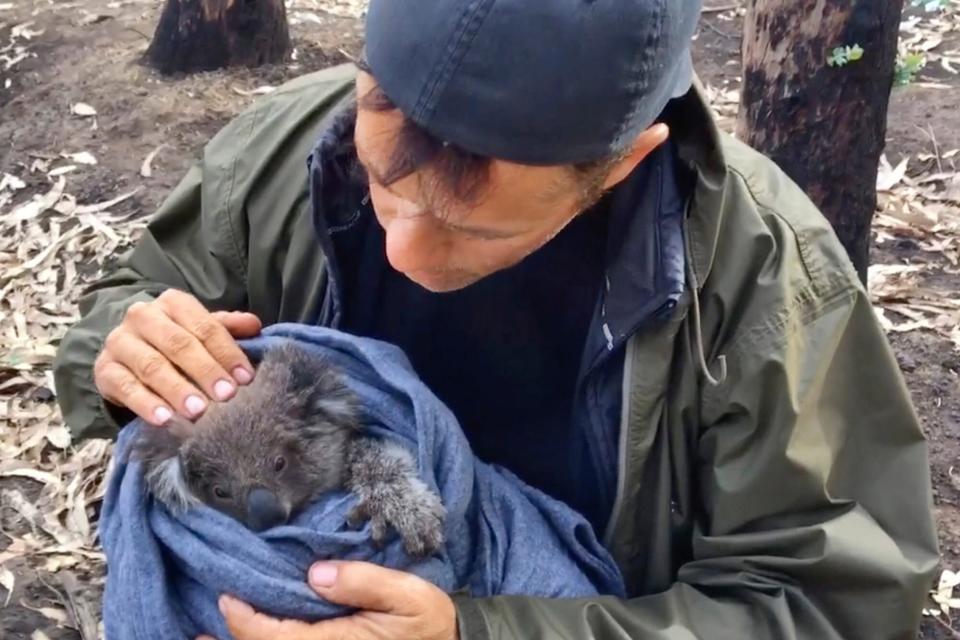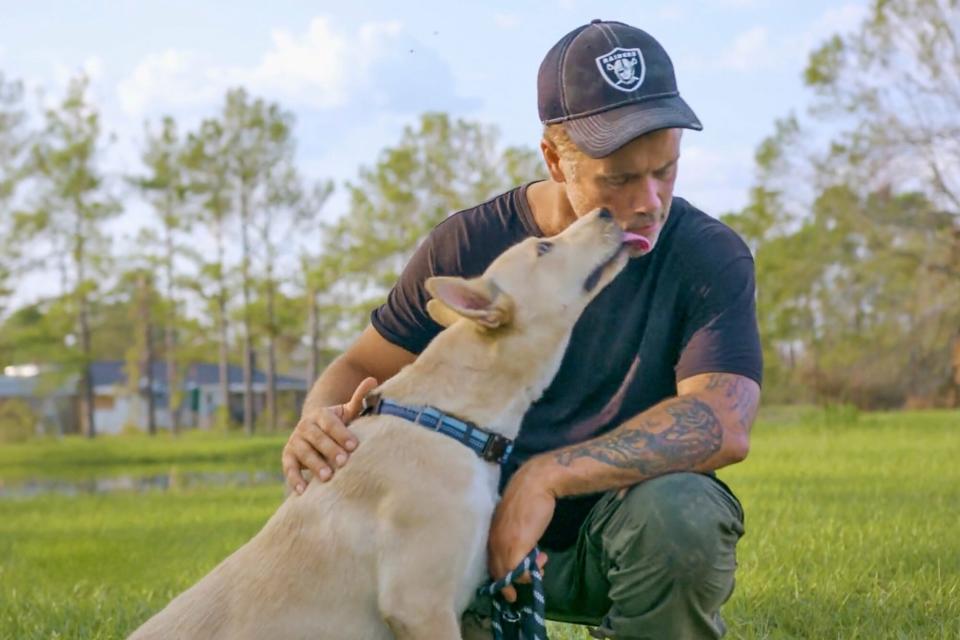Drone Pilot Uses His High-Tech Skills to Rescue Animals After Natural Disasters: 'This Is My Calling'

It was shortly after California's devastating Paradise Fire — that burned for 17 days in 2018 and destroyed more than 150,000 acres — that a lightbulb went off inside Doug Thron's head.
The Oakland-based cinematographer spent weeks out in the charred, blackened terrain filming renowned cat rescuer Shannon Jay, who was using a handheld infrared scope to track down felines that would otherwise be impossible to find.
"We got to talking," recalls Thron — whose interview appears in this week's issue of PEOPLE — "and we were both like, 'This would be really cool if we could put an infrared scope on a drone.' "
Eight months later when the first drone equipped with the technology — that can detect an animal's body heat and pinpoint its location — went on sale, Thron raised the funds to purchase one, then outfitted it with a zoom camera and spotlights and traveled to the Bahamas in September 2019.

CuriosityStream
The islands had just been decimated by Dorian, a Category 5 Hurricane, and Thron — who had begun using drones for documentaries he'd filmed for Discovery and Nat Geo several years earlier — quickly went to work harnessing the technology to locate dozens of dogs amidst the mountainous piles of debris.

CuriosityStream
"It worked so well that I spent five months there, then went straight to Australia where I rescued dozens and dozens of koalas," says Thron, whose six-part series Doug to the Rescue recently began airing on Curiosity Stream.
After six months in Australia, Thron — who has spent the past four years living on a houseboat docked in Oakland, California — continued his rescue efforts in the wildfire and storm-devastated areas of Puerto Rico, Oregon, Louisiana and northern California.

CuriosityStream
"Flying in and out of burned-out trees is super nerve-wracking," says Thron, who hopes to begin training others on how to use the technology. "You run the risk losing a signal or the drone itself. But seeing the gratitude you get from these animals when you find and rescue them is what keeps me going."
Read more about Thron and his rescue work in this week's issue of PEOPLE, on newsstands Friday.

 Yahoo Movies
Yahoo Movies 
